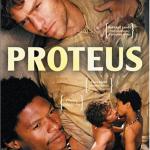 |
by Andrew Dowe on July 1, 2015 The narrative Proteus (2003) ends exactly where the film’s circuitous trajectory begins: with the sentencing of two men, long been imprisoned off the shore of the Cape Colony on Robben Island, to death by drowning in Table Bay for the crime of sodomy. The sentencing of these men, an African of indeterminate origin named Claas Blank and a Dutch Sailor named Rijkaart Jacobz, is one of the... |
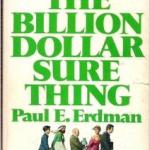 |
by Peter Raccuglia on July 1, 2015 In the wake of the financial crisis of 2007-2008, a spate of popular financial thrillers appeared, many of them written by former Wall Street bankers and money managers. Behind the high-octane intrigue of their potboiler plots, these novels typically share two related ambitions: a didactic impulse to demystify the social and intellectual world of high finance and a moralistic impulse to... |
 |
by Tao Goffe on July 1, 2015 Where the sky meets the Caribbean Sea just off the coast of Jamaica, Ian Fleming peered towards the horizon and he saw an island, Crab Key. The private island of the German Chinese super villain Dr. No, Crab key is the setting of Fleming’s 1958 novel Dr. No. [slide]
It is here—30 miles north of Jamaica and 60 miles south of Cuba—that swirling oceanic currents... |
 |
by Michael Denning on July 1, 2015 SLIDE “Money is the god of this world,” the young Engels wrote; “the bourgeois takes the proletarian’s money from him and so makes a practical atheist of him.” (MECW 4:412) The marxist theory of money usually begins with Marx’s account of the social origins of money. In this part of our presentation, I will begin instead with Engels’ account of the cultural effects of money. BLANK SLIDE
... |
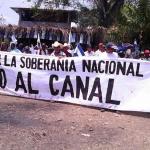 |
by Jorge Cuellar on July 1, 2015 The Nicaraguan Canal project has primarily existed in the abstract space of national possibility. It percolates Nicaraguan popular imagination as a missed economic opportunity, a historical turning point, an emblem of an unrealized splendor, the missing contribution of a peripheral country to the all-important circulation of capital. This paper examines the current Nicaraguan Canal project set... |
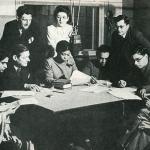 |
by Edward King on July 1, 2015 This part of our presentation explores how the new cultural currents of radio produced in George Orwell a new kind of cultural imaginary, charting how he came to understand radio as not simply transmitting culture across time and space but as a constitutive act in itself, reimagining the relationship between the circulation of cultural forms and the communities that form around them. This... |
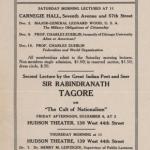 |
by Courtney Sato on July 1, 2015 Retracing the twelve transcontinental lecture circuits undertaken by the Indian poet and intellectual Rabindranath Tagore incites a number of questions: How did early twentieth-century lecture circuits facilitate the long distance circulation and currency of ideas? In what ways did steamship routes, like the Japanese steamers on which Tagore traveled, dictate the sites along these circuits?... |
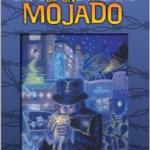 |
by Sigma Colon on July 1, 2015 This part of our presentation explores the current of the North American Rio Grande as water flowing down river as well as a stream of processes that occur as the river is embedded in human culture. Paul Horgan’s Pulitzer Prize winning history of the Rio Grande documented centuries of Native American, Spanish, Mexican and Anglo-American people living alongside the river and entering into... |